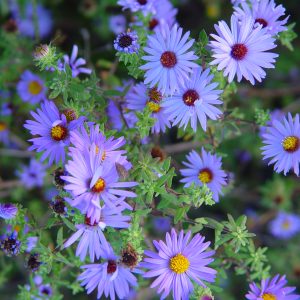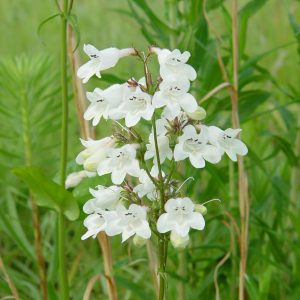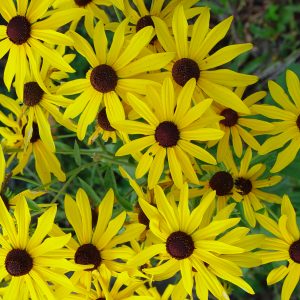Common Evening Primrose
Oenothera biennis
Biennial plant with lemon colored & scented flowers pollinated mostly at night by moths, especially sphinx moths.
$3.00 – $36.00
For quantity discount pricing, request a quote.
Description
Oenothera biennis, also known as common evening primrose, is an upright biennial native forb (wildflower). It is primarily found in eastern and central North America with only scattered locations in much of the West. In Missouri, it commonly grows throughout the State in fields, prairies, glades, thickets, waste ground, disturbed sites, and along roadsides and railroad right-of-ways. This biennial plant can be 7′ tall, although it is often shorter. They have a mild lemony scent, and bloom from mid-summer to fall on mature plants.
Seed oil from common evening primrose (plant seeds contain gamma-linolenic acid) has been used in a number of different medicinal applications (particularly in Europe) since the 1600s as reflected in the common names of King’s Cure-All and Fever-Plant. Evening primrose oil is now commercially cultivated in 15 countries. All parts of this plant including the roots were once used as food by American Indians.
Wildlife notes
Moths pollinate the flowers, particularly Sphinx moths. Other occasional visitors include the Ruby-Throated Hummingbird, honeybees, bumblebees, and the Primrose miner bee. The seeds are eaten by goldfinches.
Forage notes
No information available at this time. Please let us know if you have any personal experience with this plant!
Landscaping notes
Biennial for beds and borders. Wildflower gardens. Cottage gardens. Herb gardens. Grows best in full sun, average moisture, and a soil that is somewhat sandy, but other growing conditions are acceptable. This plant forms a stubby rosette during the first year, but becomes tall during the second year, at which time it flowers, sets seed, and dies. Tolerates some part afternoon shade and some drought. May spread in the landscape by self-seeding in a somewhat weedy fashion.
Restoration notes
Disturbed areas are favored in both natural and developed habitats, including mesic to dry black soil prairies, sand prairies, thickets, glades, lakeshore dunes, abandoned fields, roadsides and railroads, slopes of drainage ditches, vacant lots, etc.
Additional information
| Weight | N/A |
|---|---|
| Unit | Packet, Ounce, Pound |
| Light | Full Sun to Part Shade |
| Soils | Dry, Average |
| Height | 36"-72" |
| Bloom Month | Jun, Jul, Aug, Sep |
| Color | Yellow |
| Specialty Uses | Wildlife, Medicinal, Tea |
| # seeds/pkt | 200 |
| Packet coverage area | 5 sq. ft |


